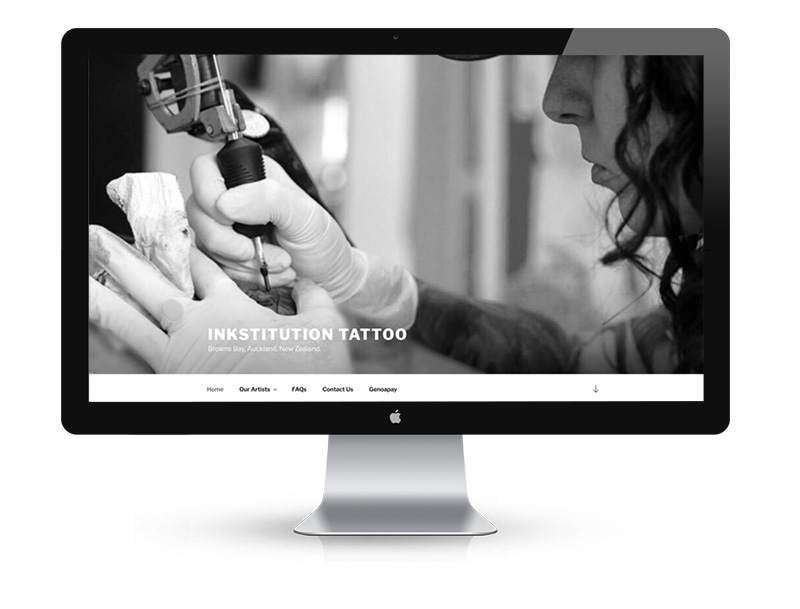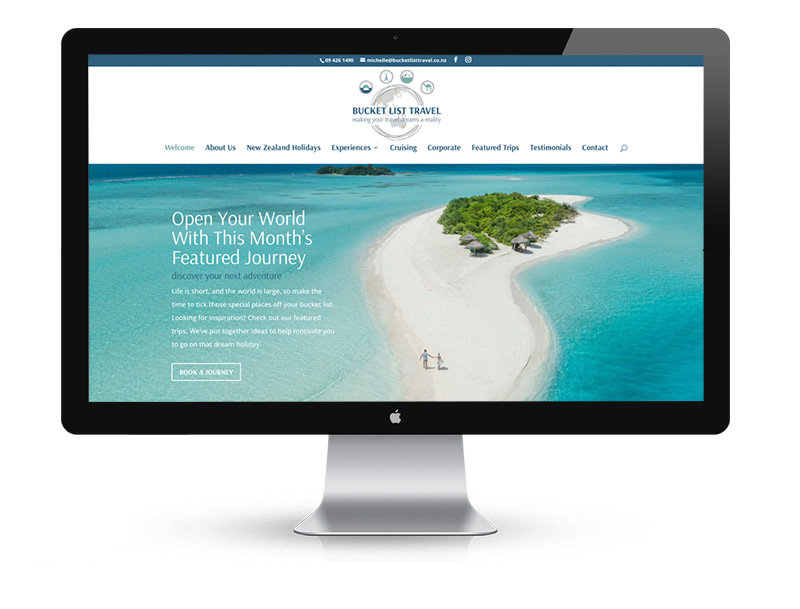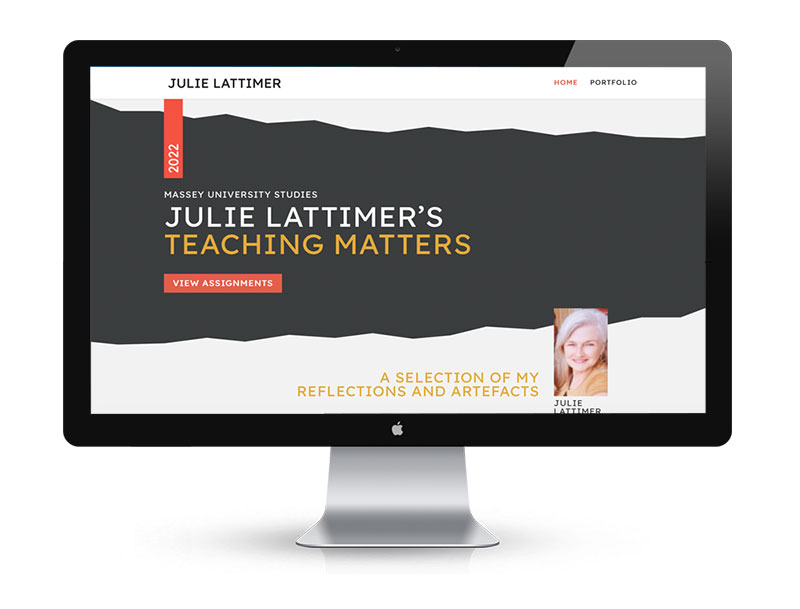If you’re not sure of the correct way to add SEO friendly content to your website, we’ve got you covered
Adding content to your website on a blog post or a page, is relatively easy. However, it needs to be done with purpose in mind. We generally add content to aid SEO. As a Woodswork Web client, you have great resources like our online training library, articles, and quick tips for experts at your disposal.
Having said that, adding content and adding content that helps your Googliness are entirely different animals. And the latter requires much more effort. Most clients find the art of SEO a bit overwhelming and have us do it for them. It is much more cost-effective.
We thought it might be helpful to provide some guidance on how to optimise a page or post for organic SEO. So, we have outlined some of the key things required to create successful content. These are the 7 things we apply to copy on sites that opt for regular blogs or organic SEO in their site builds.
Get in touch if you’d like us to create or add blogs or pages for you. Our rates are very reasonable!
What is organic on-page SEO?
Organic on-page SEO is the art of adding specific researched words to page content that Google, or other search engines like Bing, will search through to find and deliver the content they think is the best.
According to expert Neil Patel, organic SEO results get 38% more clicks than paid results.
We select the keywords or key phrases that rate or rank well, but not so well that they are too competitive. These are the search terms that people are most likely to type into the Google search bar.
Research is key
Before writing your great content, it’s a good idea to have done some keyword research so that you know what you’ll be including. Once you’ve decided on keywords or key phrases you’d like to use on the page, you can include them in your content. There are a great many factors that help with your organic rankings. We’ll explain them all so you can confidently create SEO-friendly pages and posts.
There are many options to help you find keywords and phrases that are going to be relevant for your website. Check out what Elegant Theme deem to be the 10 Best Keyword Research Tools. We use a couple of these. There is a great price and options comparison chart to help you decide what’s best for your budget.
Targeting keywords
Generally, each page on your website is about a different topic and you’ll be selecting keywords based on the content on that page. For example, a plumber might add a page about their gas services, so the keywords might be ‘gas appliance installation’ or ‘gas plumbers’.
Now that we know why we select keywords, how do we make sure they are in the right place? Listed below is everything you need to do to ensure this is done correctly.
1. Heading 1, also known as H1
This is the main heading of the page. All pages and posts should have the first content or line on the page as an H1. If the page has an image banner, the H1 heading will often be on top of it. The keywords are usually included in this heading.
2. Subheadings, H2, H3 etc
Subheadings are required throughout the text. Google will penalise copy that is too long and not broken up with subheadings often enough.
Subheadings are best used in a hierarchical manner. This means and H1 is first. Then under an H1 we use H2s and so on. It’s best practice to skip a level so avoid jumping from an H2 to an H4 if possible.
3. Written content, also called copy or text
It’s called many things, but copy is the general term, and this covers all of the written content we add to a website.
Website pages should be at least 300-400 words. When writing, naturally include the keywords in the copy.
It’s a good idea to have the keywords once every 200 words or so. It’s important to add keywords organically in your page copy and a few times per page. The copy needs to flow and be read in a natural human way.
We want to avoid ‘keyword stuffing’. This is when the keywords pop up over and over. This generally creates copy that loses its meaning. This is not looked at favourably by Google.
4. Optimising images with alt text
As well as optimising the copy with keywords we also need to learn how to optimise the images.
In a previous post, we discussed how to optimise images and went down the track of correct ways to size the images correctly for the various places you might use them.
We must also include keywords in the image Title, the Alt Text and the Description. Alt Text helps with keyword ranking if you include the keyword in that image description.
5. Metadata
Metadata is added in two ways. The SEO Title and the Meta Description. These are the descriptions that Google will present in a Google search result page. If possible, they have a call to action at the end of them. They should have the target keywords included.
In the SEO title, it’s best to include them at the beginning.
The length of these is important. If they are too short or too long Google will flag them as less than optimal.
Guidelines to follow
The guidelines do change depending on the search engine, the approximate length is noted below.
- SEO Title = 64 characters
- Meta Description = 146 characters
Most well-built websites will include an onsite SEO system that allows you to accurately track how well you are adding the keywords into not only the metadata but also the copy as a whole.
There are quite a few very good systems to choose from. Many have free versions that can be upgraded to Pro versions. Our system is called Yoast SEO and we have resources to help you learn how to use Yoast effectively.
Content resources
6. Linking strategy
Every page or post on your website should have links out to other pages and links coming in from other pages on your site.
Each page of content should also include an external link. This means to a completely different website.
It is important that any link you create makes sense. For example, we have linked this article to other articles on our Woodswork Web site. We linked them because they are relevant to this one and can help to support the content and ultimately be useful to the reader.
This strategy is often referred to as link juice and a strong internal linking strategy can boost your SEO.
7. URL of the page or post
When making a new post or page, it’s a good idea to include the keyword in the URL. URL is short for Uniform Resource Locator. You can see the key here is in the name. URLs with specific targets including specially selected keywords or phrases are great for SEO. They help someone to find very specific content. We even recommend including keywords in pages like ‘Contact’ or ‘About’ instead of using contact or about as the URL. We make that real estate work for us by using keywords that support the business and its services.
Be careful when changing existing URLs. You will need to set up a redirect to make sure no links are lost by making the change.
Too much? We can help!
As you can see. there is quite a bit to think about in these 7 steps. If you put this in the ‘too hard basket’ we get it. Better still, we can help. We can create content for you and free up your valuable time. So, you can get back to working on your business.
Because our business is helping yours!





